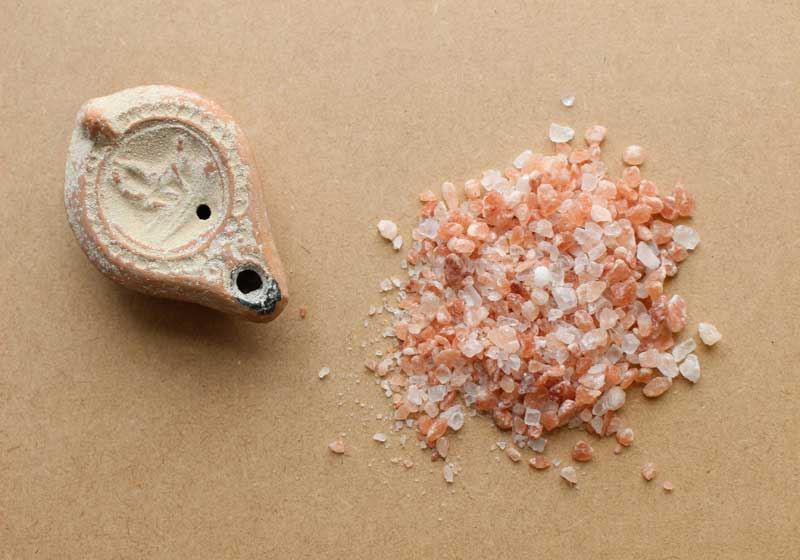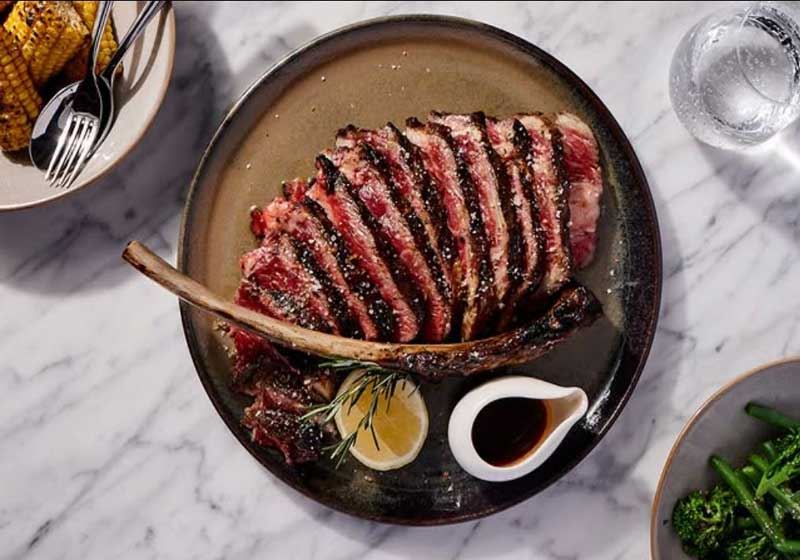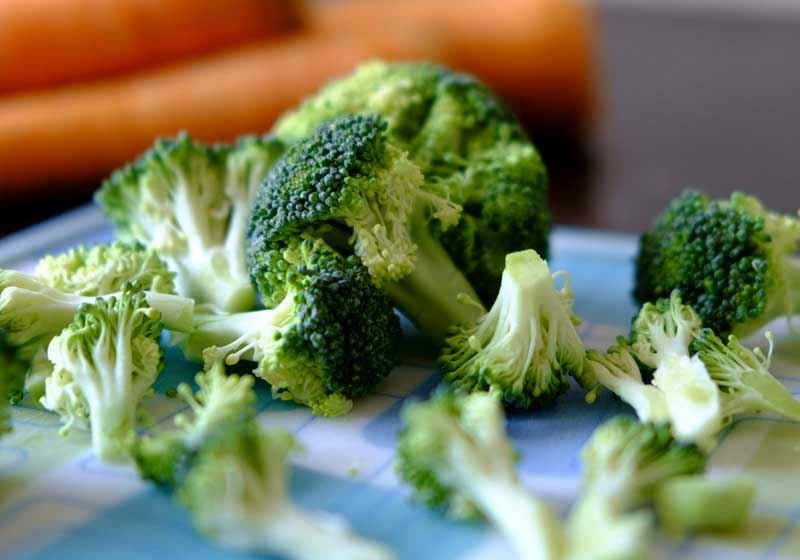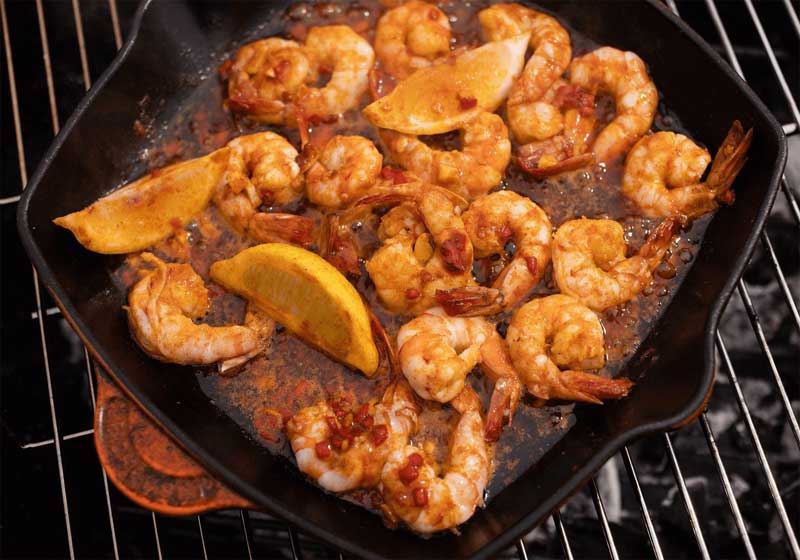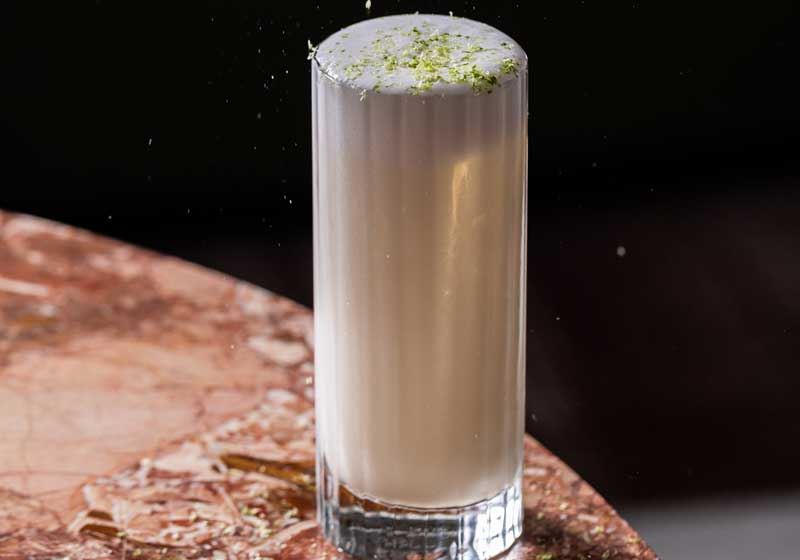By Laura Rancie.
Okay, what you are about to read will shock you! Full disclaimer – dim sim were invented in Melbourne!
Mike drop.
If this surprises you as much as it did us, read on for details.
"I'll have two dim sim"
- Nobody in China!
- Nobody in China!
Here is how out it played out in the office today.
Person 1: "Hey, office people, tell me your favourite Asian-inspired dish”.
Person 2: "Dim sim” (all around laughter ensues).
Person 1: "That’s not actually from Asia”.
Person 2: "Yes, I’m pretty sure they’re from Sri Lanka”.
Person 3: "I have it under good authority they’re from South Melbourne”.
Person 1: (in shock after a quick Google search and with much laughter) - "THEY ARE! Dim sim are literally from Melbourne".
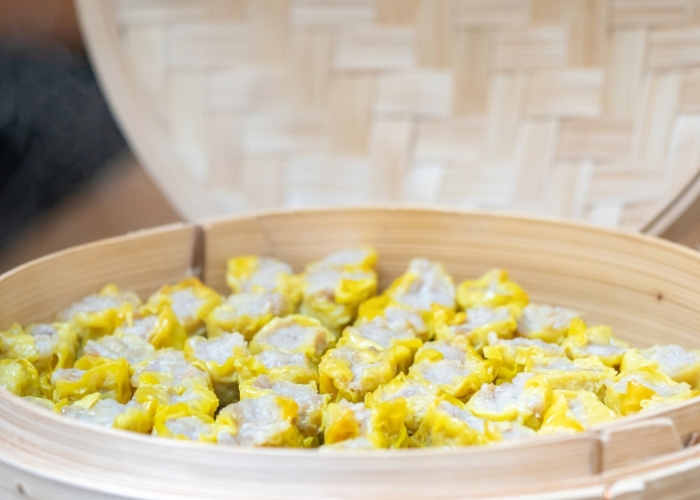
William Wing Young, founder:
Dimmies, as we love to call them, are a variant of a traditional Chinese dumpling and we have uncovered the mystery of their origin and it is NOT from China. As the story goes, William Wing Young is thought to have invented them for his food processing company that supplied snacks at footy stadiums around Victoria. Dubbed the father of dim sims, rumour has it this entrepreneur also created the ‘Chiko roll’.
Australia's dim sim saga traces its roots back to 1942, when Chen made a poignant discovery. He observed a group of elderly Chinese men who had migrated to Australia during the gold rush in the 1800s, only to find themselves unemployed and stranded without a means to return to China. These men, affectionately referred to as the 'leftovers' from the goldfields era, were deemed too old for physically demanding jobs.
Dim Sum v Dim Sim:
Around the same time, William noticed the surging popularity of Cantonese dim sum in Australia. Dim sum encompassed an array of delectable dumplings and delicacies served alongside tea, with siu mai, a delightful pork and prawn dumpling shaped like a flowerpot, standing out as a crowd favourite.
Drawing inspiration from this culinary trend, Chen conceived a brilliant plan. He envisioned mass-producing siu mai so these elderly men could sell them from food trucks and earn a livelihood. However, there was one hurdle to overcome: the name 'siu mai' proved too cumbersome for Australians to pronounce in the 1940s. To bridge this linguistic gap, Chen christened the dumpling 'dim sim' instead, preserving the essence of dim sum while infusing it with the charm of a different Cantonese dialect.
The Plot Thickens:
It was at this point that Wiliams’ son, Tom takes over the story. Tom was supposed to deliver the dim sim to an elderly man in Cheltenham in Melbourne’s Southeast, but because it was such a lovely day he stopped on the way to visit his Greek friend who owned a fish and chip shop, near Mordialloc.
You can guess what happened next. The friend deep-fried them, as that was the only way to cook them at the fish and chip shop. By the end of the next day, the fish and chip shop owner said the remainder of the dim sim he fried up for friends had been a huge success and wanted more.
The demand and popularity increased rapidly until William hired an engineer to create a machine that could pump out dimmies by the thousands.

Creating an immediate hit, Wing Lee Dim Sim was the first Chinese factory to commercialise food for the masses in Australia. Today's dim sim are larger than the original siu mai and have a thicker skin to be able to withstand the freezing, transportation and delivery process.
And as they say, the rest is history.


